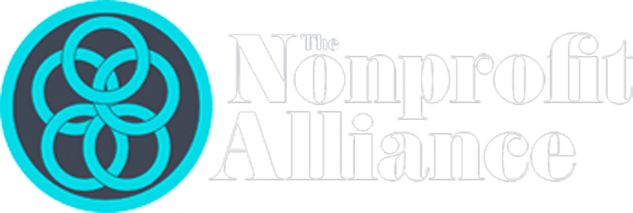Group Thinking (Developing Leadership, Part 1)
As a child, we are told that our actions speak louder than words, but as a leader I’d suggest that our thinking speaks louder than our actions. Here’s what I mean…
Resourceful… nimble… resilient… all phrases we use to describe leaders in the philanthropic industry. We covet them as strengths and tout them as badges of honor. In recent months, terms like pivot, innovate, and breakthrough have been added as nomenclature for us to embrace and personify.
All good words, and all valuable characteristics – for certain. But are they, in fact, the ones that will take our organizations to the next level? Will they allow us to realize mission outcomes in the way our donors expect and in the way our constituents need?
What if our greatest attribute is not a strategy or even an action, but instead a mindset and way of thinking?
In this 3-part series, I will explore how our thinking can be the single greatest tool in driving revenue, delivering experience to our supporters, and realizing mission.
PART 1: GROUP THINKING
 Last month, I posted a series on LinkedIn that explored some of the emotions that drive me and other leaders in our industry. The series generated a lot of great discussion from a diverse set of leaders. As I observed the conversation, what was interesting to me was how quick people are to rationalize outcomes – usually ones that are not desired. As statements of justification and explanations were shared, both publicly and through direct messages, it struck me that perhaps the real driver of our circumstances is not the actions (or inactions) themselves, but instead the thinking that surrounds them.
Last month, I posted a series on LinkedIn that explored some of the emotions that drive me and other leaders in our industry. The series generated a lot of great discussion from a diverse set of leaders. As I observed the conversation, what was interesting to me was how quick people are to rationalize outcomes – usually ones that are not desired. As statements of justification and explanations were shared, both publicly and through direct messages, it struck me that perhaps the real driver of our circumstances is not the actions (or inactions) themselves, but instead the thinking that surrounds them.
Today, as a first step, let’s consider group thinking and a few of the more influential mindsets that often come into play. And for each, let’s consider a specific Opportunity for Greater Impact.
- SUCCESS – as a parent, friend, boss, or volunteer, I’ve yet to meet a person who doesn’t want to be successful. While people define success differently, it is human nature to want to feel like you’re good at what you do. The desire to feel successful can be so strong that it inadvertently causes you to reframe the reality of a situation to highlight the accomplishments and mask the failures.
>> Opportunity for Greater Impact: One opportunity is to remove the element of subjectivity by making sure that each outcome can be objectively measured. There are a variety of different rating systems that can be leveraged, and in many cases, the more binary the better. You achieved it, or you did not. The starkness of these choices often stimulates conversation that elevates you out of group thinking and ensures you maximize the opportunity.
- BEING RIGHT – the first cousin of our friend success, is being right. People often seek validation and they find it in agreement. Shared agreement allows both the leader and each individual to sit comfortably with a sense that they are right. The fulfillment that comes from being right, can create an echo chamber of validation that inadvertently prevents progress by allowing people to sit too comfortably in being right.
>> Opportunity for Greater Impact: There are a variety of ways to ensure progress does not become the enemy of right. One way is to designate a single person on each team to serve as the challenger – the person whose role is to challenge the collective opinion and to imagine worst case scenario – as a mechanism to ensure that all angles are being considered. The challenger often stimulates new conversation that elevates you out of group thinking and ensures you maximize the opportunity.
- BENCHMARKS – many of us remember the days of being graded on a curve – it was great when you were the one with natural skills in the subject and a bummer when you shared the classroom with others who made something hard look easy. Benchmarks are a lot like being graded on the curve – we celebrate our success, so long as it’s better than most of the class, which can inadvertently prevent us from achieving our full potential by simply being better than the next.
>> Opportunity for Greater Impact: Thinking of your organization as a fishbowl, the opportunity here is to ensure that you are activating a blend of internal and external benchmarks. Starting first with a hybrid of 3-5 year internal trends and 3-5 year peer trends, and working toward expanding the definition of peer – including industry and ultimately looking to other industries from which you can learn and adapt. The ability to see yourself in relation to what is happening inside and outside of your organization often stimulates conversation that elevates you out of group thinking and ensures you maximize the opportunity.
As you consider these three examples of group thinking, perhaps one (or more) felt familiar – familiar in a way that maybe even made you a little uncomfortable. I consider that a success – because change is hard and often uncomfortable. As the late Ruth Bader Ginsberg said: “Real change, enduring change, happens one step at a time.” So, let’s consider today one step in a series to impact real and enduring change for our organizations.


